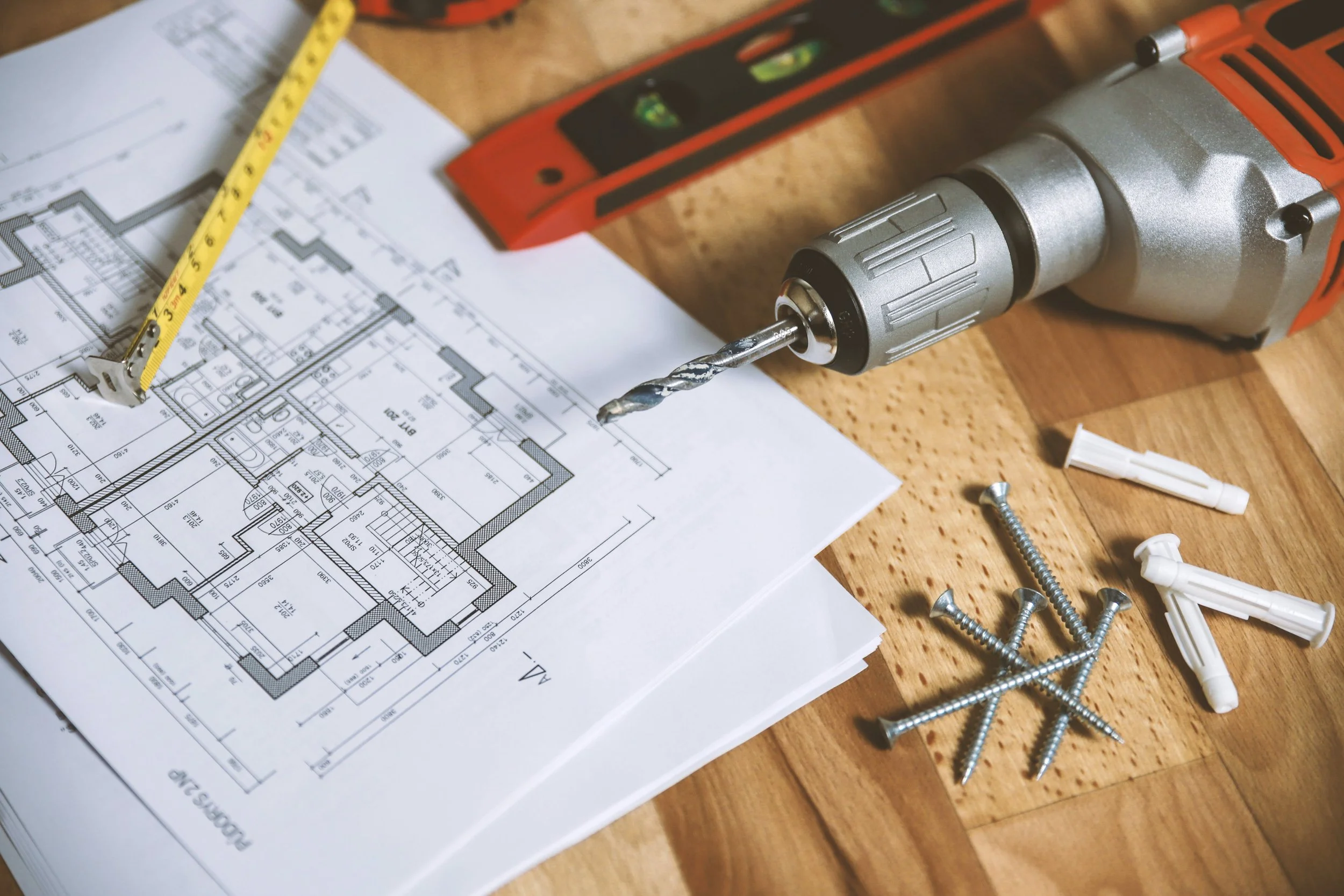3 Ways Artificial Grass Boosts Curb Appeal Instantly
RH Business Marketing Solutions
Increasing the curb appeal of your house is something that many homeowners want to do. It not only improves the value of your property but also makes a good first impression. One innovative solution gaining popularity for its transformative impact is the use of artificial grass. Whether you are considering a front yard makeover or exploring ways to elevate your outdoor aesthetics, artificial grass offers a range of benefits that extend beyond its lush green appearance. In this article, we'll explore three distinct ways in which the installation of artificial grass can instantly boost your curb appeal.
A Year-Round Lush Landscape
Artificial grass brings with it the transformative power of maintaining a year-round lush landscape. In a region where scorching summers can take a toll on natural lawns, synthetic grass emerges as a resilient alternative. The relentless heat that characterizes the climate often leads to dry and brown patches in traditional lawns, creating a constant battle for homeowners. However, by choosing artificial grass, you secure a consistently green and inviting front yard, free from the impact of temperature extremes. This longevity is particularly beneficial because it guarantees that your outside area will always be a charming retreat for unwinding and entertaining, adding to the overall appeal of your home.
Moreover, the adaptability of artificial grass proves to be a game-changer for homeowners seeking a solution that can withstand unpredictable weather patterns. From sudden rain showers to unexpected temperature fluctuations, synthetic turf maintains its vibrant color and texture, presenting an evergreen facade. The ability to withstand such climatic challenges not only underscores the practicality of artificial grass but also elevates its status as a reliable landscaping choice. Homeowners can now revel in the assurance that their front yards will exude charm and allure, regardless of the weather conditions, fostering a sense of pride in their homes.
Water Conservation and Eco-Friendly Landscaping
As water conservation becomes an increasingly vital consideration, artificial grass proves to be an eco-friendly alternative that aligns with modern environmental values. In cities where water scarcity can be a concern, opting for synthetic turf helps in reducing the overall water consumption associated with traditional lawns. Artificial grass requires little to no irrigation, in contrast to genuine grass, which needs frequent watering to remain vibrant. This not only contributes to lower water bills but also supports sustainable living practices. By making the switch to artificial grass, homeowners actively participate in water conservation efforts, promoting a greener environment while maintaining an attractive curb appeal.
Moreover, artificial grass is more environmentally friendly than water conservation. Conventional lawns can be hazardous to the environment since they frequently need to be maintained with fertilizers, insecticides, and herbicides. By eliminating the need for harmful pesticides, synthetic turf, on the other hand, encourages a more sustainable and healthful method of landscaping. The local ecology gains from the decreased use of chemicals, and people and pets can enjoy a safer environment. Choosing artificial grass in Oklahoma City is, therefore, a conscious step towards a more environmentally friendly and aesthetically pleasing outdoor space.
Enhanced Versatility and Aesthetic Design
Artificial grass, with its adaptability, opens the door to endless possibilities for creating a personalized and visually captivating outdoor space. Homeowners can go beyond the traditional lawn design and explore innovative landscaping ideas. The consistent texture and color of synthetic turf provide a cohesive backdrop for various elements, making it an ideal canvas for creating functional and aesthetically pleasing features. Whether you envision a contemporary garden with geometric patterns or a whimsical play area for children, artificial grass allows you to bring your unique landscaping dreams to life. This versatility in design empowers homeowners to infuse their personality into the curb appeal, making their property stand out with a distinct and thoughtfully crafted exterior.
Furthermore, the practical benefits of enhanced versatility extend to specific lifestyle needs. For pet owners, artificial grass becomes a game-changer in creating a pet-friendly oasis. Its durability and resistance to discoloration from pet waste ensure a clean and enjoyable space for both furry friends and their owners. Additionally, the low-maintenance nature of synthetic turf simplifies the upkeep of these specialized areas, offering a hassle-free solution for pet owners seeking a visually appealing and functional outdoor environment. In this way, the enhanced versatility and aesthetic design possibilities of artificial grass contribute not only to curb appeal but also to a lifestyle that aligns with the diverse preferences of homeowners.
Conclusion:
The installation of artificial grass proves to be a game-changer for homeowners seeking to enhance their curb appeal effortlessly. With its year-round lushness, water conservation benefits, and versatility in design, synthetic turf provides a sustainable and visually appealing solution for creating an inviting exterior. As you consider ways to elevate the aesthetics of your home, embracing the advantages of artificial grass opens up a world of possibilities, making your outdoor space not only beautiful but also eco-friendly and low-maintenance.












